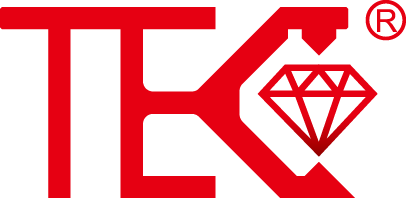MagnetostrictiveLiquidLevelGaugeforChemicalProcessing
Advanced Level Measurement Technology for Chemical Industries
Magnetostrictive liquid level gauges represent the pinnacle of precision measurement technology for chemical processing applications. These sophisticated instruments utilize the magnetostrictive principle where a waveguide wire interacts with magnetic fields to determine exact liquid positions. The technology delivers exceptional reliability in harsh chemical environments where traditional measurement methods often fail. Chemical plants increasingly adopt these systems for critical storage vessels and reaction chambers requiring continuous monitoring.
Unparalleled Accuracy in Hazardous Environments
The fundamental advantage of magnetostrictive technology lies in its remarkable measurement precision, typically achieving ±0.05% accuracy across the entire measurement range. This exceptional performance remains stable even when monitoring aggressive chemicals, volatile solvents, or high-temperature processes. Unlike mechanical float systems that suffer from drift and wear, magnetostrictive gauges maintain calibration through extreme temperature fluctuations and pressure variations common in chemical processing facilities.
Robust Construction for Corrosive Applications
Manufacturers engineer these level gauges using specialized materials capable of withstanding corrosive attack from acids, alkalis, and organic compounds. The sensor probes typically feature Hastelloy, Teflon coatings, or 316 stainless steel constructions selected specifically for chemical compatibility. The non-contact measurement principle eliminates mechanical wear components while the hermetically sealed electronics compartment ensures long-term operation in humid, explosive, or chemically saturated atmospheres.
Continuous Monitoring Capabilities
Modern magnetostrictive level transmitters provide continuous real-time data through multiple output options including 4-20mA analog signals, HART protocol, and Foundation Fieldbus communications. This enables seamless integration with distributed control systems and programmable logic controllers. Plants utilize this continuous data stream for inventory management, process optimization, and automated safety shutdown systems when levels approach dangerous thresholds.
Intrinsic Safety Certification Advantages
These instruments typically carry international certifications including ATEX, IECEx, and SIL ratings for operation in hazardous locations. The low-energy design prevents spark generation while the robust construction withstands pressure pulses from chemical reactions. This intrinsic safety eliminates the need for additional explosion-proof enclosures, reducing installation complexity and maintenance requirements in classified areas where flammable vapors may be present.
Maintenance-Free Operation Benefits
The solid-state design of magnetostrictive level gauges eliminates moving parts that typically require regular maintenance in chemical applications. With no mechanical linkages to foul or wear, these systems operate for years without recalibration or component replacement. The self-diagnostic capabilities alert operators to potential issues before they impact process safety or product quality, significantly reducing downtime and maintenance costs.
Application-Specific Configuration Options
Chemical processors can select from numerous customization options including various mounting arrangements, material combinations, and measurement ranges. Suppliers offer specialized designs for reactor vessels, storage tanks, blending systems, and transportation containers. The technology adapts to specific gravity variations, vapor space conditions, and temperature extremes that characterize different chemical processing scenarios.
Future-Proof Measurement Solution
As chemical processing evolves toward greater automation and data integration, magnetostrictive level gauges provide the foundation for Industry 4.0 implementations. Their digital architecture supports predictive maintenance algorithms and cloud-based monitoring platforms. The technology continues to advance with improved resolution, faster response times, and enhanced diagnostic capabilities to meet increasingly stringent safety and efficiency requirements in modern chemical plants.
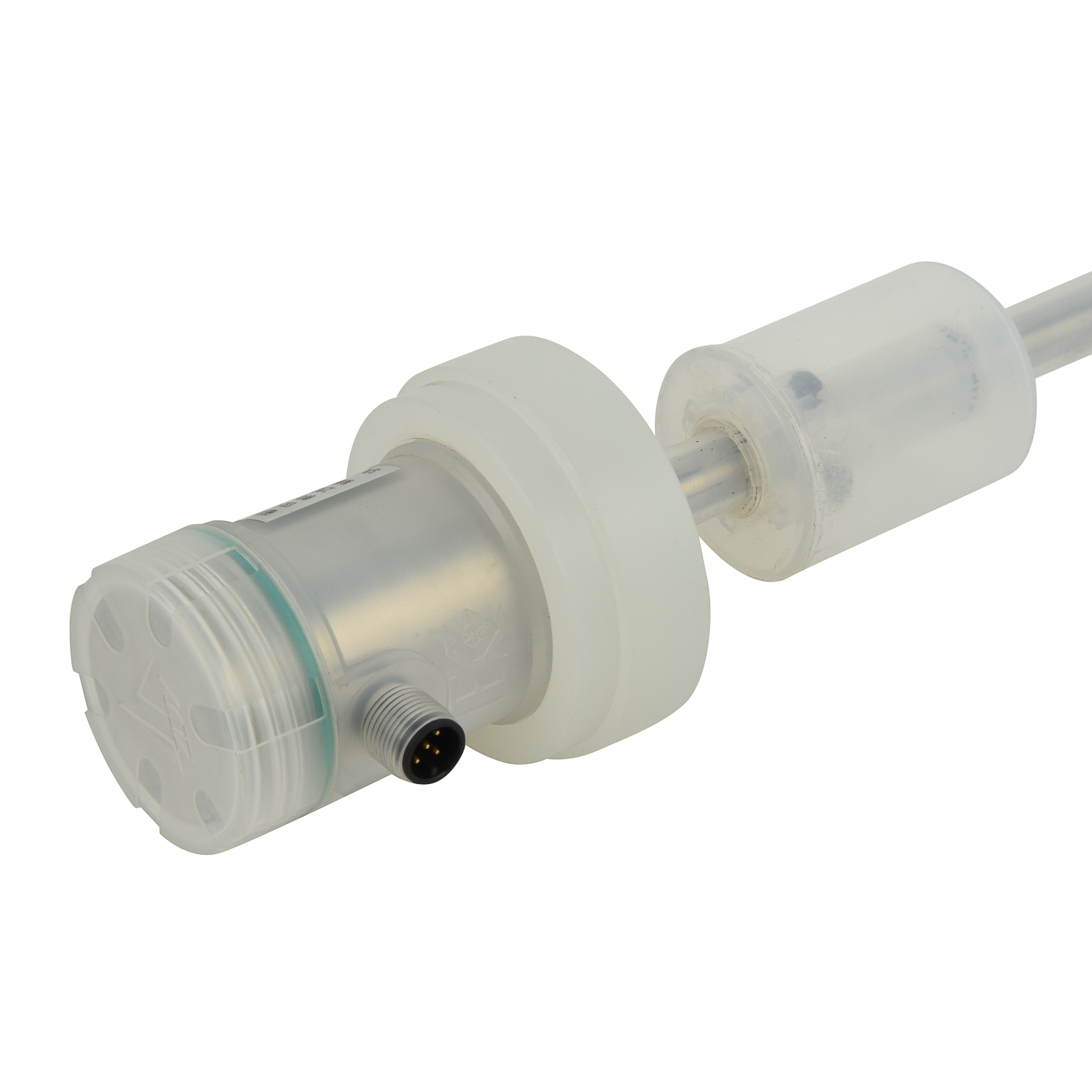
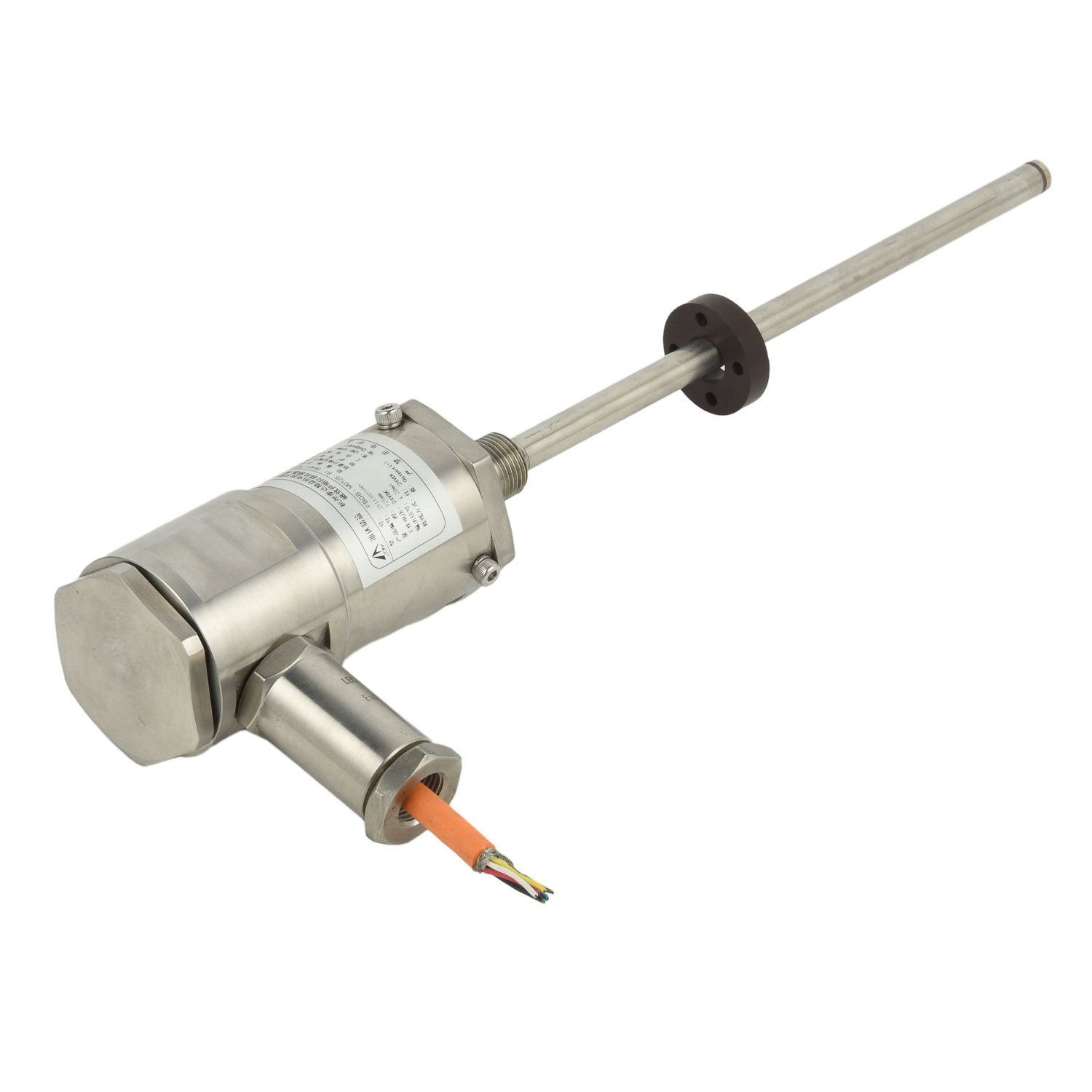 UpgradingYourLevelMeasurementS
UpgradingYourLevelMeasurementS
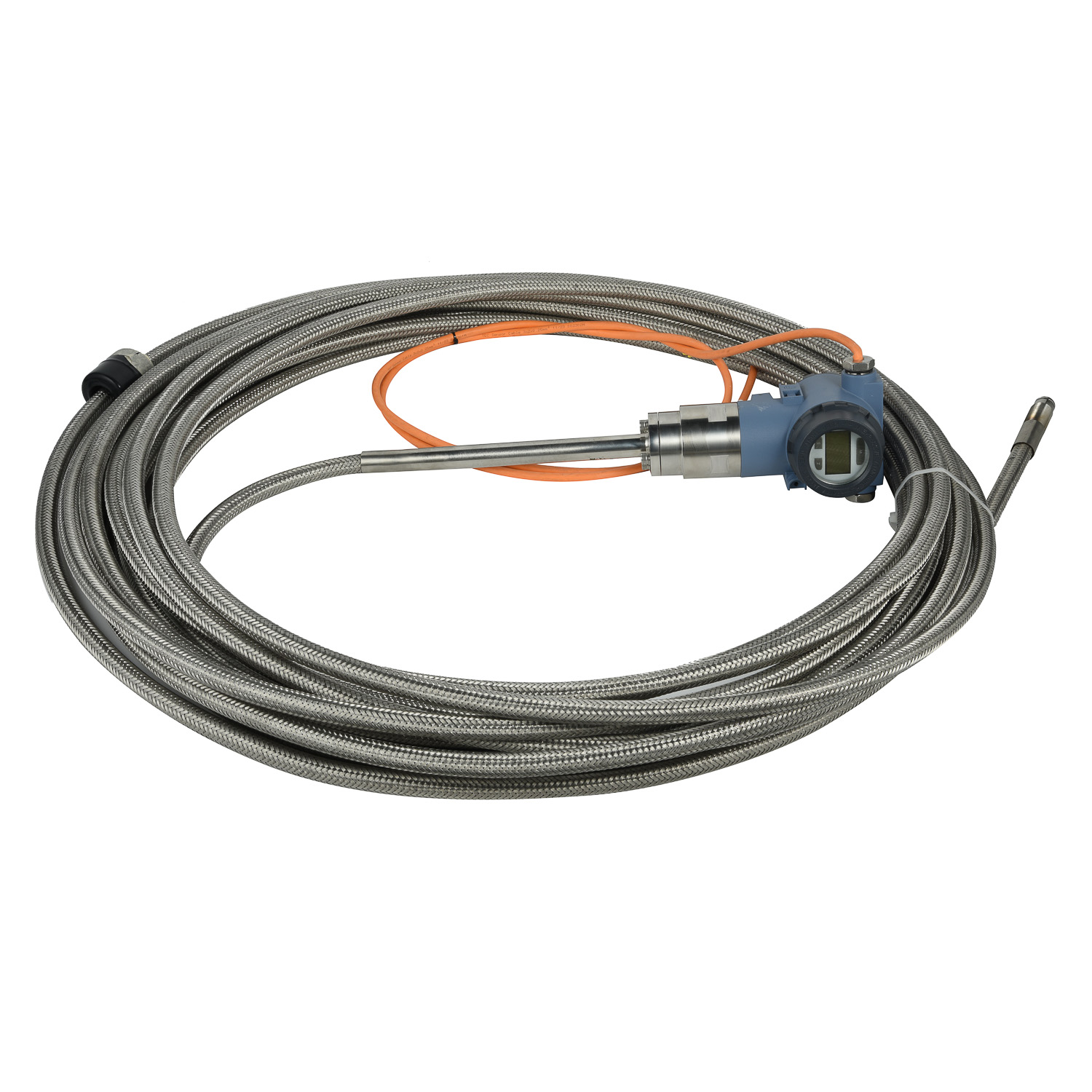 Why are magnetostrictive level
Why are magnetostrictive level
 ComparingMagnetostrictiveandRa
ComparingMagnetostrictiveandRa
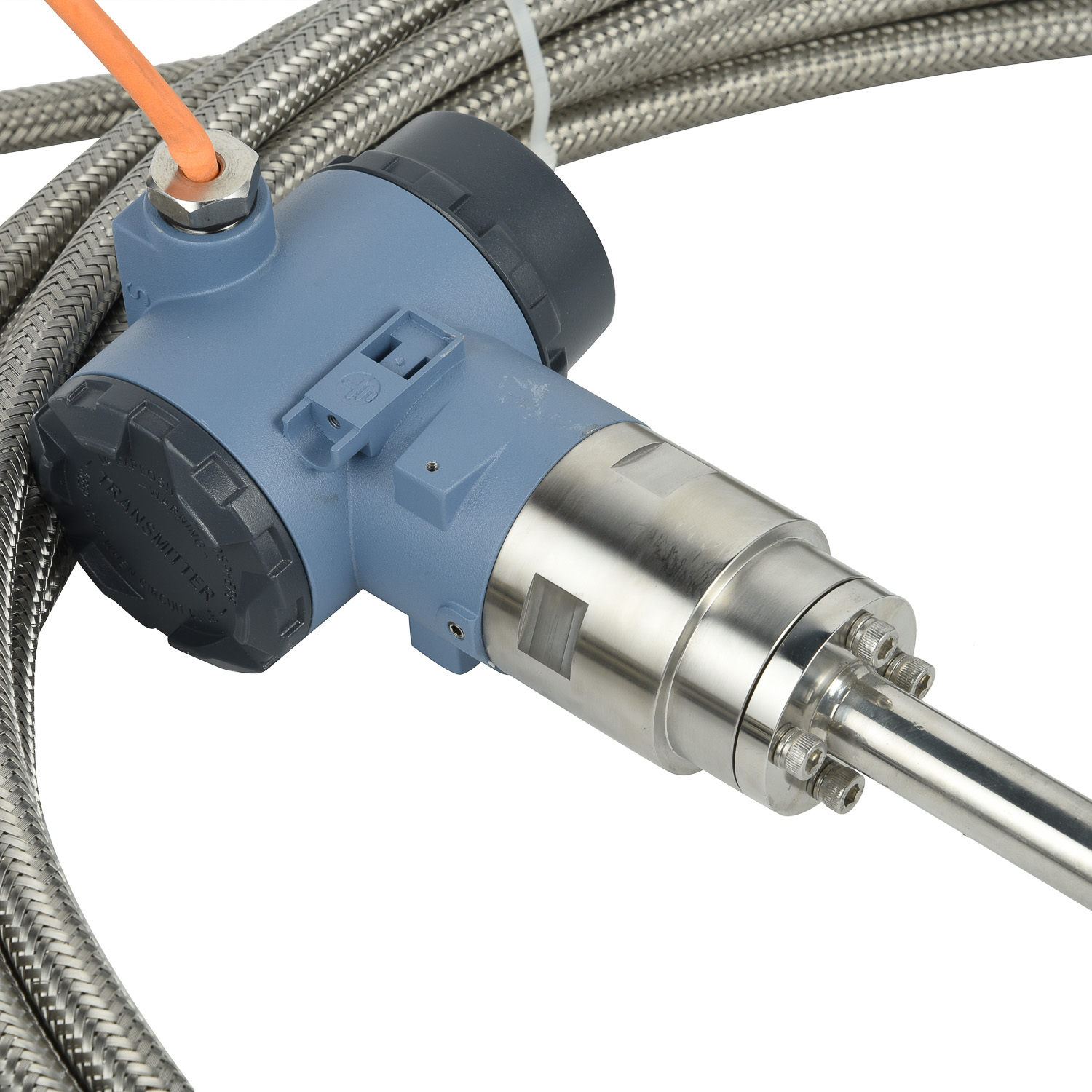 MagnetostrictiveLevelSensorfor
MagnetostrictiveLevelSensorfor
